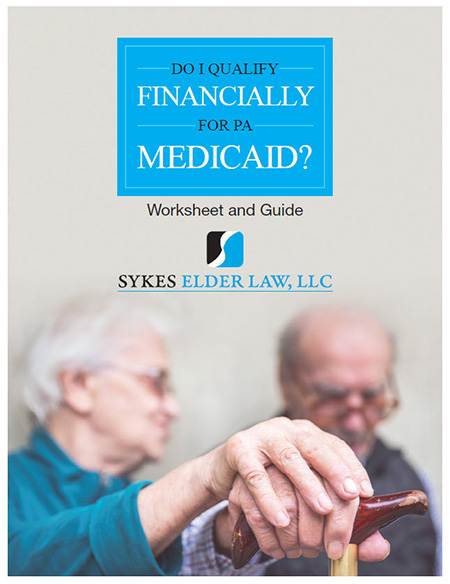A Medicaid applicant’s spouse shouldn’t become impoverished, according to federal law.
One protection for the spouse is the community spouse resource allowance. (Another is the monthly maintenance needs allowance (or MMNA) which you can read about here.)
The community spouse resource allowance (CSRA) gets its name because it is an allowance of resources (money or other assets) that the community spouse (the husband or wife of a Medicaid applicant) can keep and not have to spend down to qualify for benefits.
The CSRA is usually applied for after the applicant enters a nursing facility, and is based on what the couple’s resources are worth on date of admission. In general, the CSRA is half of the couple’s resources, after excluding those that are exempt under Medicaid rules.
Here is how to estimate a CSRA, in five simple steps.
1. Make sure the applicant’s spouse meets the definition of a community spouse. If so, proceed to the next step. If not, the spouse is not entitled to a CSRA.
2. Figure out how much of the couple’s combined assets are exempt. You can read about the most common exempt assets here.
3. Then take the couple’s remaining assets – those that are non-exempt – and total them as of the date of admission to the nursing facility. Use account statements, real estate assessments, and similar estimations of value.
4. Divide the total from Step #3 by 2.
5. The result from Step #4 is subject to a minimum and maximum. Is the number less than $25,284? If so, then the CSRA is $25,284. On the other hand, is the number more than $126,240? If so, then the CSRA is $126,240. If the number is between $25,284 and $126,240, then your result from Step #4 is the CSRA. (These numbers change annually based on inflation. Find the most current figures here.)
This estimation is simplified a bit for several reasons. Not every possible exempt resource is listed in our blog post on that subject – some are too obscure to be useful in a general article. Date of admission is usually obvious, but could be tricky depending on an applicant’s circumstances. Determining value on a particular date can also require professional assistance in some cases. Nevertheless, these five steps should yield a useful estimate in most cases.
This calculation can also get tricky if the Medicaid applicant wishes to receive services at home through Pennsylvania’s Waiver program. It will be based on when the couple financially qualifies for benefits, which is too complicated for this blog post.
To make a precise calculation, and to make sure you are protecting all the assets you can for the community spouse, it’s best to see a qualified elder law attorney.






